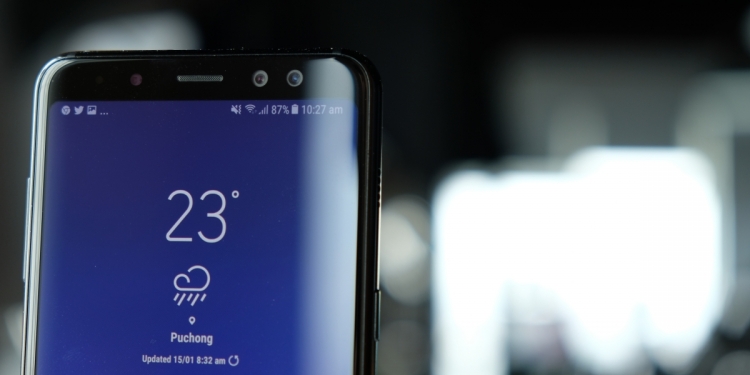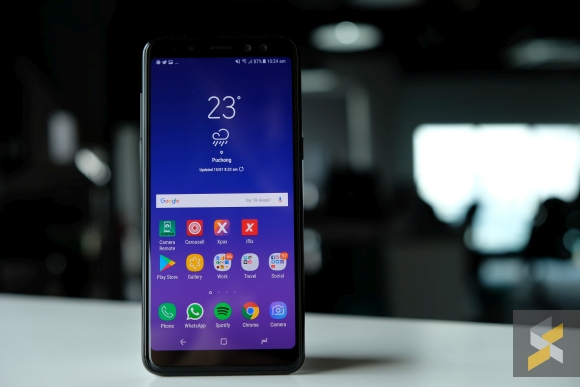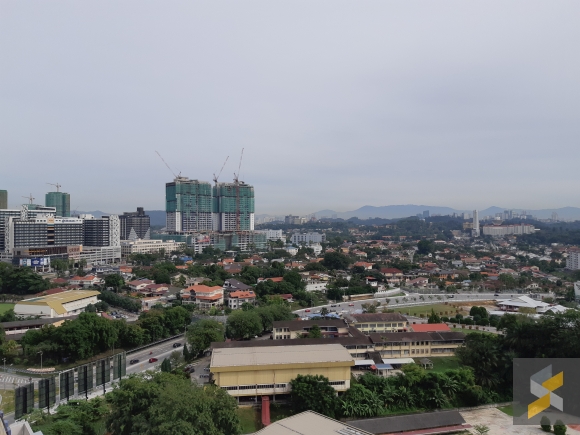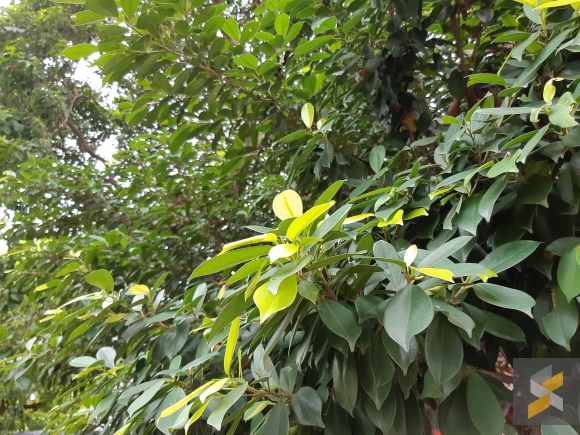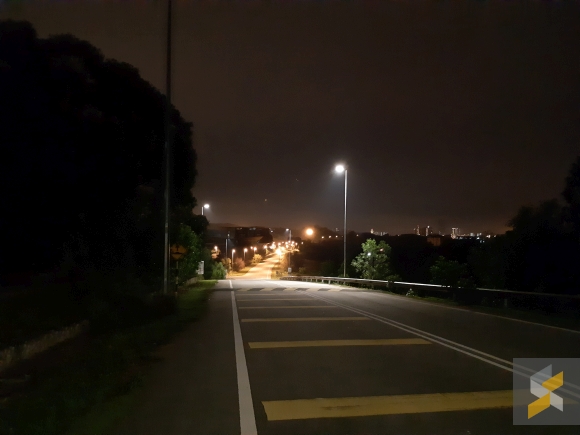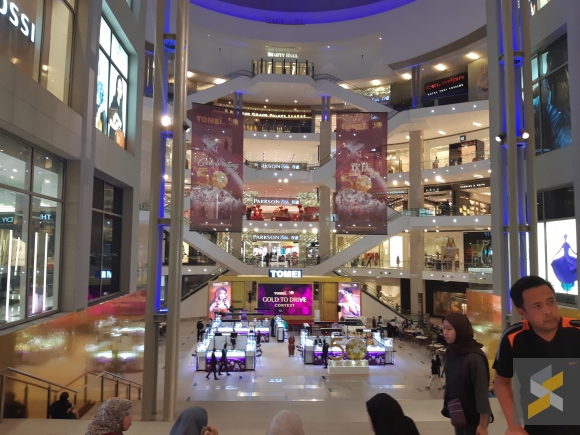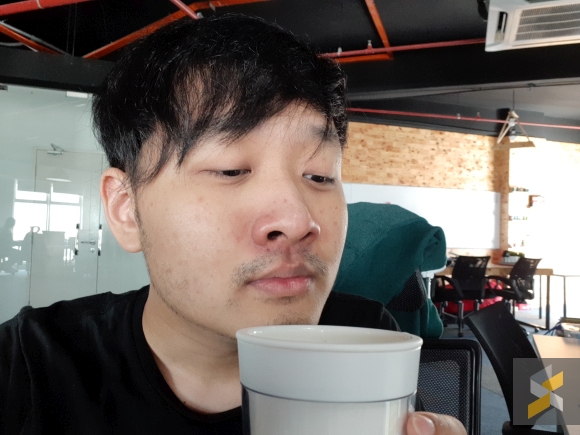Oh yeah, the durian has dropped. We now know all we need to know about Samsung’s Galaxy A8 and A8+ smartphones. The final piece of the puzzle has been found so you know what that means: Judgement time.
If you’ve been following SoyaCincau.com, you may have seen the first impressions I posted about a month ago. If you haven’t, I suggest you go read it now because this review is kind of like a “Part 2”, where I fill in the blanks I couldn’t the last time.
But, to recap, here’s a quick TL;DR:
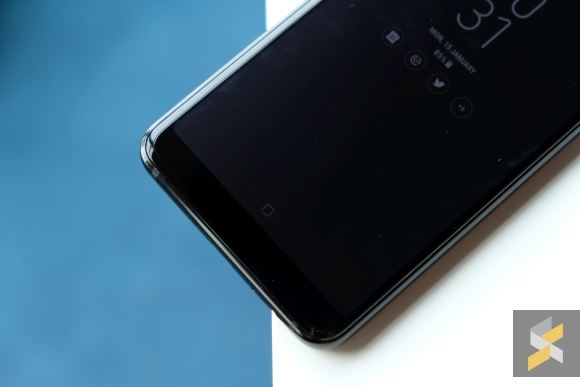
I was pretty impressed with Samsung’s refreshed take on their premium mid-range smartphone. It had a great build, great screen, pretty good performance and a sexy new look.
What’s more, the handset also gave you access to ecosystem-specific features like Samsung Pay and Samsung Gear VR, which are things you can’t get with any other non-Samsung mid-ranger. Then, there were other general perks that are just great to have like IP68 water resistance, a dedicated microSD card slot so you don’t have to deal with any of that hybrid SIM tray nonsense and smaller stuff like a 3.5mm headphone jack as well as fast-charging.
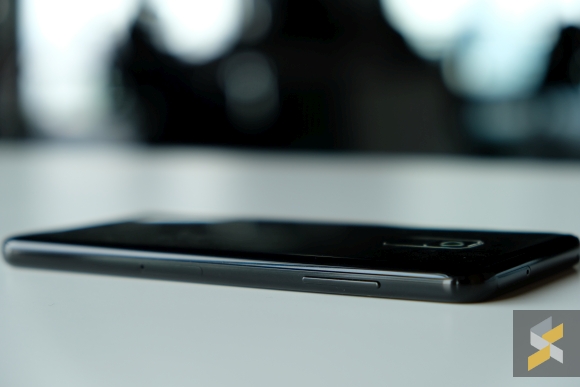
But, there were also uncertainties and things I didn’t like. I was super unsure about the smartphone’s camera, for example, face unlock, its battery life, and if the phone’s performance would hold up over time as more stuff populated my smartphone. I also didn’t like the single speaker that fired out of the side.
Then, of course there’s the most important thing for any smartphone: Its price. Is the Samsung Galaxy A8 ultimately worth your money?
[nextpage title=”Let’s start with the camera”]
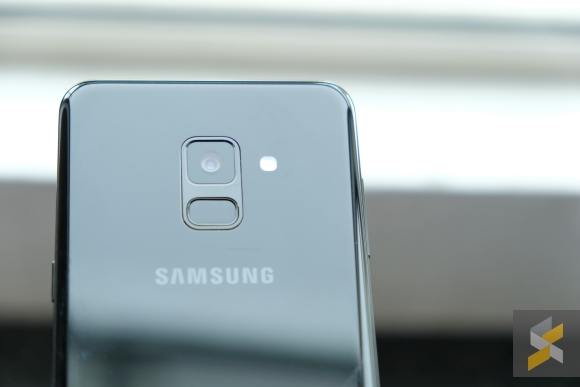
With specs that sound good on a brochure like a 16MP sensor with an f/1.7 aperture lens and Phase Detect autofocus, many would expect an excellent smartphone camera experience. But, when I gave it a quick test run during my first impressions, I was unimpressed. For the most part, my opinion hasn’t changed so don’t buy this smartphone solely for its camera.
Still, that doesn’t mean that the handset has a terrible/unusable camera. It’s pretty in line with many mid-range camera experiences where if you keep things to the brightly lit, you should get some decent images that are “social-media worthy”.
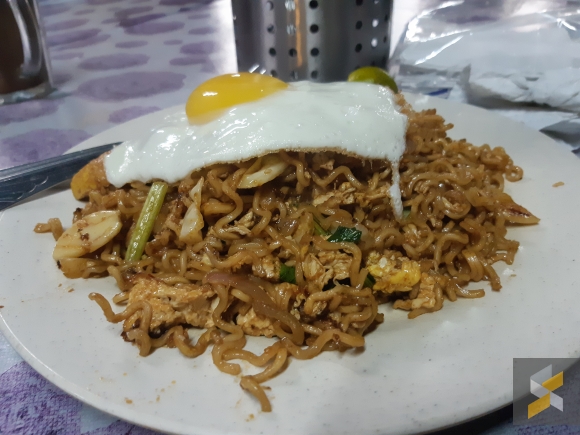
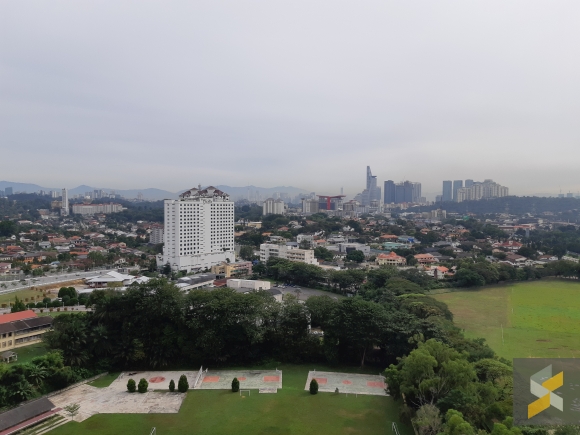
However, low-light really isn’t its strength — in fact, it’s quite awful in low-light. The handset focuses really slowly when the scene gets dark and the images are very vulnerable to handshake blur which I’d attribute to the lack of optical image stabilisation. Really dark scenes also produce rather flat images that lose the vibrancy of its well-lit counterparts.
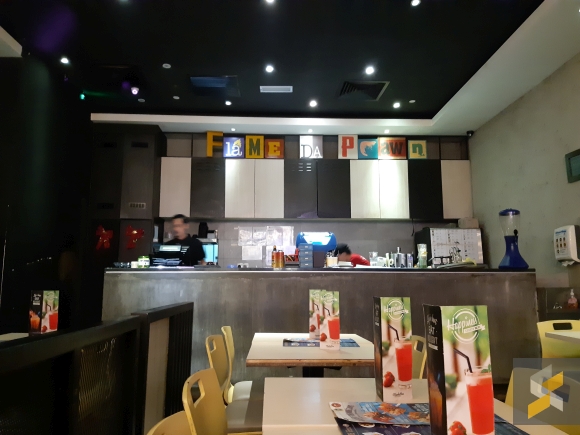

It’s not a flagship camera, that much is rather obvious. But, that’s not a big problem because this isn’t a flagship smartphone and was never meant to be. If you want a stellar camera, stick to Samsung’s Galaxy S and Galaxy Note series because those are some of the best in the industry. I will add that I think it’s an improvement over the last-gen Galaxy A smartphones, however.
What you’re getting is a mediocre mid-range-y experience and that’s probably going to be OK for most of the people who buy these phones. It’s not good enough for me personally because I use my smartphone camera a lot — especially in tricky light for work — so if you’re like me then you’d probably wanna look at other options.
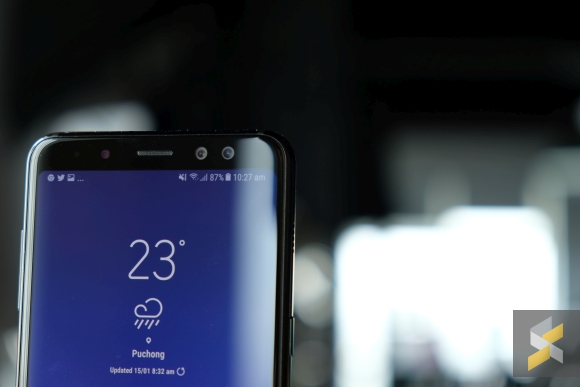
My opinion on the selfie camera also hasn’t changed much. I didn’t really think selfies needed a “portrait mode”. I take selfies because I want to showcase me and other people in them or other things in the background so it didn’t really make sense for me to blur them out. I would have preferred a true wide-angle lens (like Sony’s Xperia XA2/Ultra) instead of a might-as-well-don’t-bother one, but maybe that’s just me. Selfie experts, let me know your thoughts in the comments below.
Performance
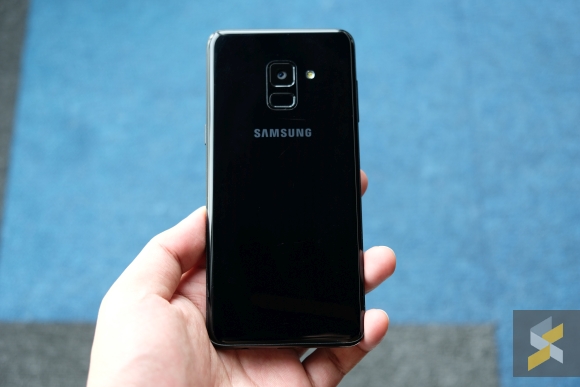
Moving on, after using it as my main device for a little over a week, the Galaxy A8’s performance has held up pretty well. On paper, the smartphone is powered by an Exynos 7885 octa-core processor, with 4GB of RAM and 32GB of internal storage. Navigating through the phone is decidedly Samsung-y in nature where things aren’t super snappy but they’re smooth enough that it doesn’t feel laggy. Really, the only application that gives the Galaxy A8 problems is WhatsApp, but with the over 4.2GB of backup data that I have on my account, it means WhatsApp is pretty laggy on any smartphone I use.
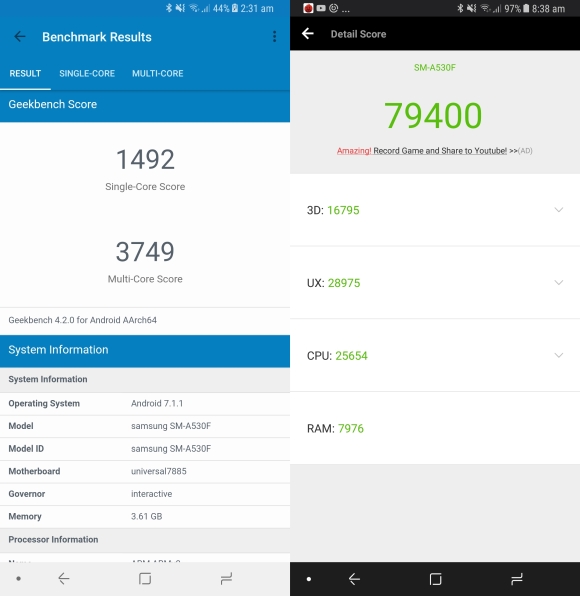
I think, as far as specs, the biggest problem I have with this phone is its 32GB of internal storage. You’re paying good money for this device and Samsung only gives you 32GB? C’mon, man. Sure, they do give you a dedicated microSD slot so you can expand that further, but is 64GB of internal storage really too much to ask on a phone that costs RM1,800? I don’t think so.
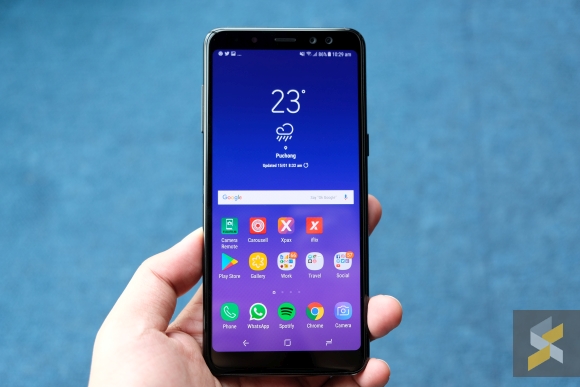
Perhaps the most sluggish thing about this smartphone though, is its Face Unlock feature. At first, I thought it was pretty OK, but after properly using it, I’m not impressed with it. Compared to the instantaneous Face Unlock on the OnePlus 5T, Samsung’s version was a real turtle in comparison.
What’s more, it doesn’t really work unless you’re looking directly at it and in order to get it into the angle where it can unlock, you’re probably better off using the fingerprint scanner. The way I see it, the only real way you’d use this over the fingerprint scanner is if your finger is wet/muddy or if you’re using gloves.
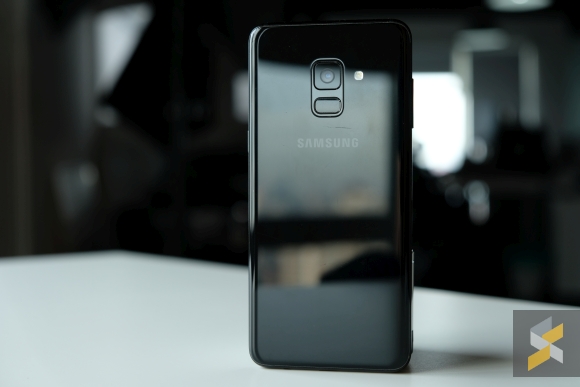
However, Face Unlock was far from the weakest feature on this phone. That, I would give to the smartphone’s battery. With my heavy use, the phone gave me below average battery life, clocking about 3.5 hours of screen on time with about 13 hours on battery. But I suppose that’s not too surprising considering it’s only got a 3,000 mAh cell. That does mean charging is pretty zippy via the USB-C port. The device tops up in a little over 1 hour and 30 minutes. Half an hour on the plug gives you 42%.
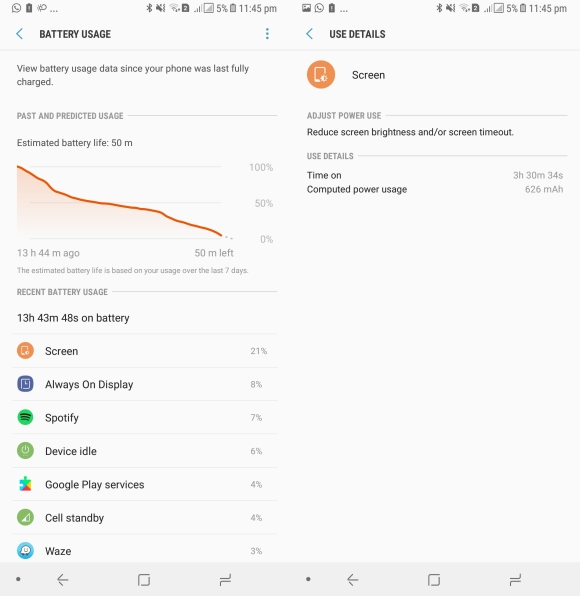
I will also like to deduct points for the fact that the handset is still on Android Nougat. C’mon, it’s 2018 already. Also, despite supporting Samsung Pay and Bixby Home, the Galaxy A8 doesn’t support Bixby Voice, so I guess some ecosystem-exclusives still remain locked away in their flagship handsets.
Everything else that was good remained good
In my first impressions, I liked quite a lot about the smartphone. Its build was phenomenal for a non-flagship smartphone. Its slim-bezelled 5.6″ Full HD+ Super AMOLED display 18.5:9 display was vibrant, sharp and had great viewing angles. IP68 water and dust resistance also never gets old.
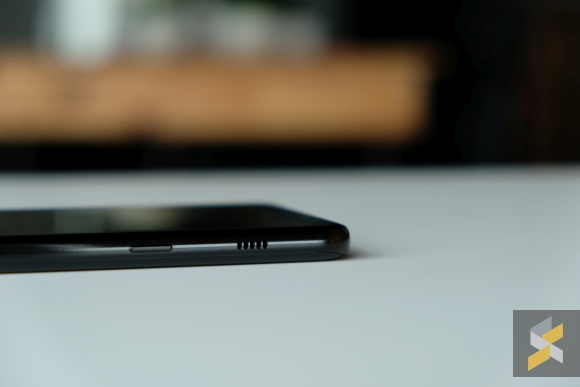
But, despite how good the build is and how premium it feels in your hand, I have to admit that side speaker just feels so cheap. It is loud enough in most cases, but its position makes it harder for you to cup comfortably to give it that extra boost of volume.
Still, the A8 comes with a 3.5mm headphone jack so you can plug in a pair of headphones you already own. No dongle-life here, thank goodness.
Alas, the thing that matters most, is its price
If you’re someone who’s buying a mid-ranger, it usually means you have a budget that you have to stick to. And that means a phone’s price is probably the most important thing to you and for the most part, this is where big-brand mid-rangers fall short.
I have said in the past, before I knew of the smartphone’s specs, that when you buy a mid-range/affordable handset from companies like Samsung, you’re paying for more than just the smartphone. You’re paying to get access to the brand, the prestige, as well as all the ecosystem-exclusive perks that a company like Samsung or Apple can afford.
And this is very much still the case with the Galaxy A8. Priced at RM1,799, Samsung didn’t just up and pull a Xiaomi/honor, giving you a crazy amount of specs for a crazy low price tag.
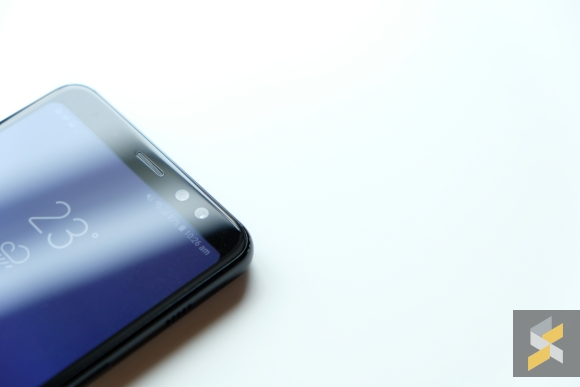
The price tag is still very “Samsung”. For that money, it’s dancing pretty close to proper flagship phones like the Xiaomi Mi 6 (RM1,899) and honor View10 (RM2,099).
But, like I said, even those flagships don’t have perks like the Samsung Pay, IP68 water resistance, Gear VR support and the entire after-sales service structure that Samsung has in store. You also don’t get the drop-dead gorgeous build of the A8 which is a pretty big feature for many.
What’s more, the A8 isn’t a bad phone. In fact, it’s much better than its predecessor was. For the enthusiast like me and some of you, the Galaxy A8 is not the best phone we can spend our money on — that’s a given. It not the bargain phone the way the Xiaomi Mi A1, honor 7X and Huawei Nova 2i is.
But for the general public: People who care about brand, ecosystem, and just picking a phone that they can just start using without needing to fiddle with stuff here and there, the Galaxy A8 is the best option Samsung’s put out for the premium mid-range. Even its price of RM1,799 isn’t that hard to swallow.
So, if you’re one of those people, then this is pretty good news to you. I’m not talking about the Galaxy A8+ though. I don’t know what happened there but I really don’t see how that phone’s worth RM700 more than this. If you wanted a Samsung at the A8+’s RM2,499 price tag, you might as well get the Galaxy Note FE (RM2,199).
[nextpage title=”Camera Gallery”]
Good light
Low light
Bonus smelfie
(Yes, apparently that’s a thing. I’m not making this up)

